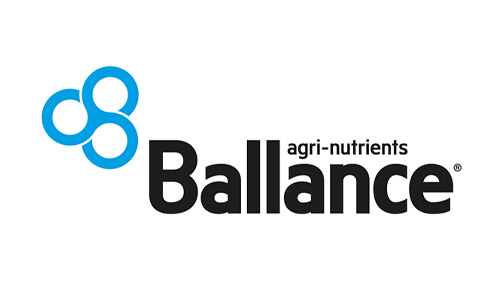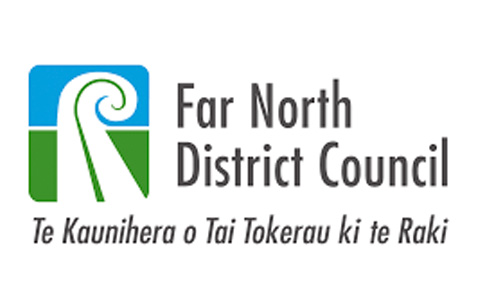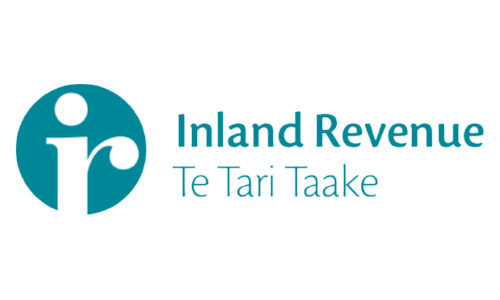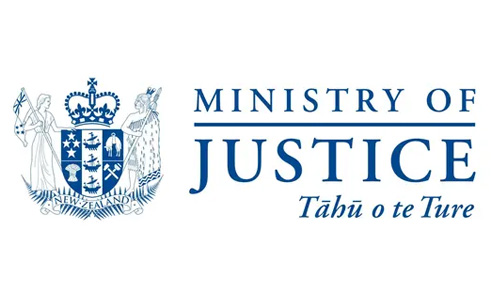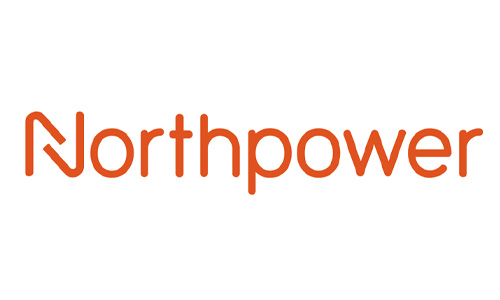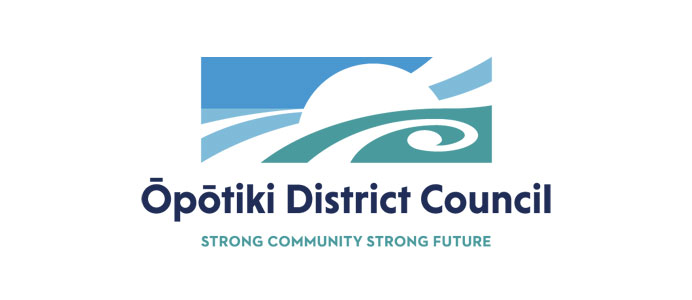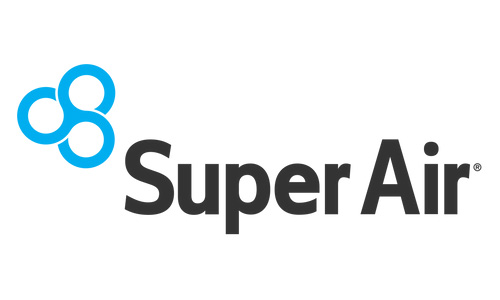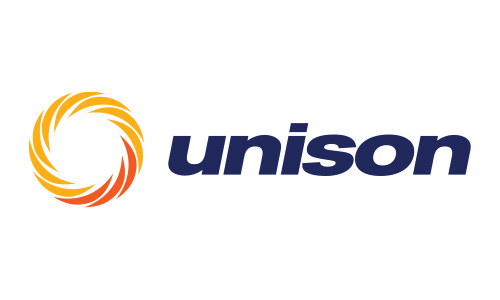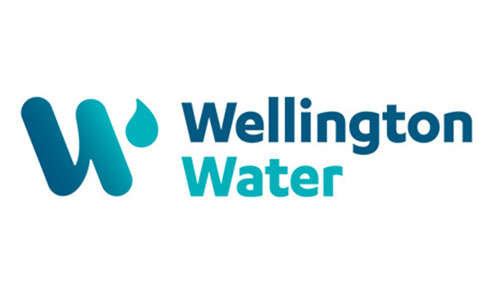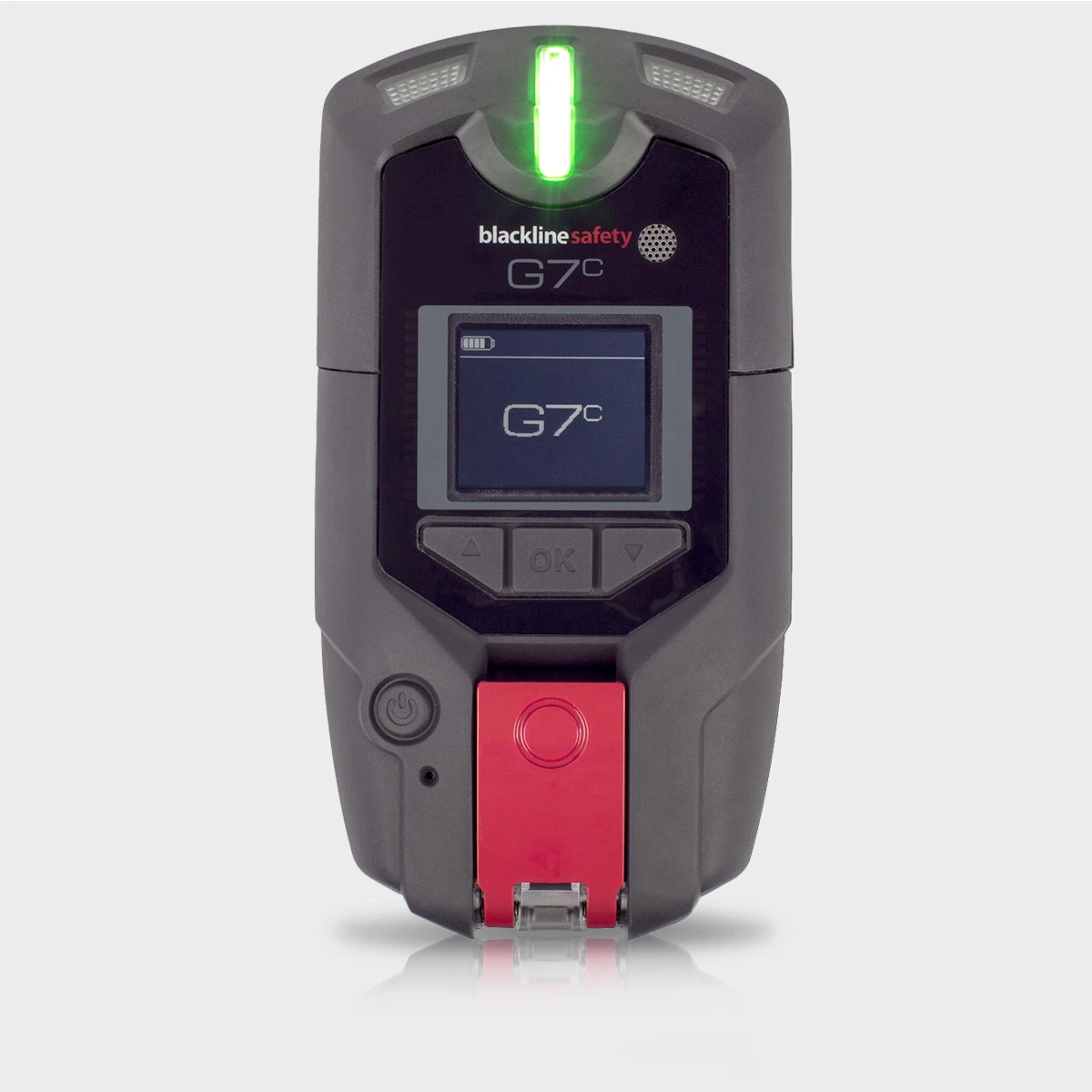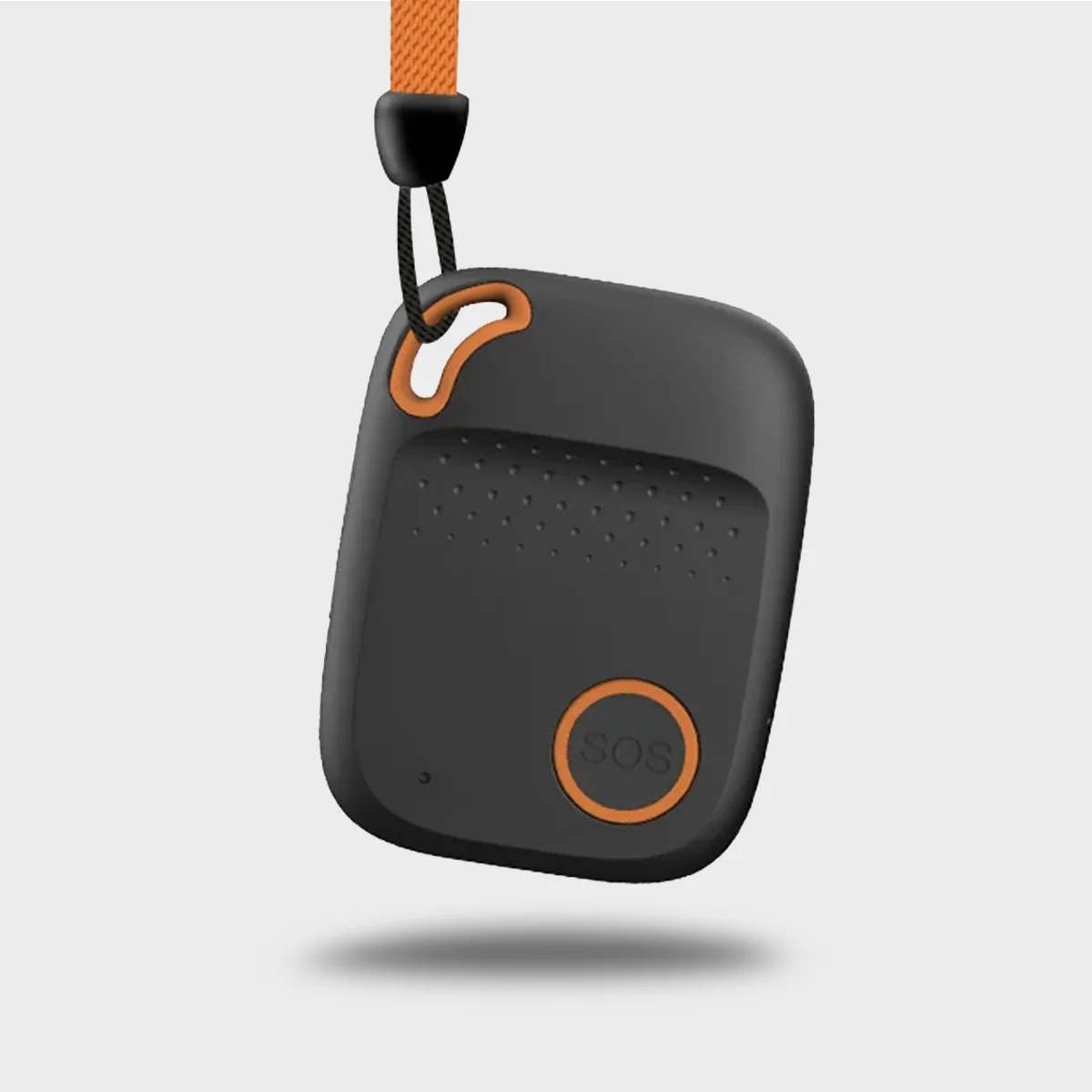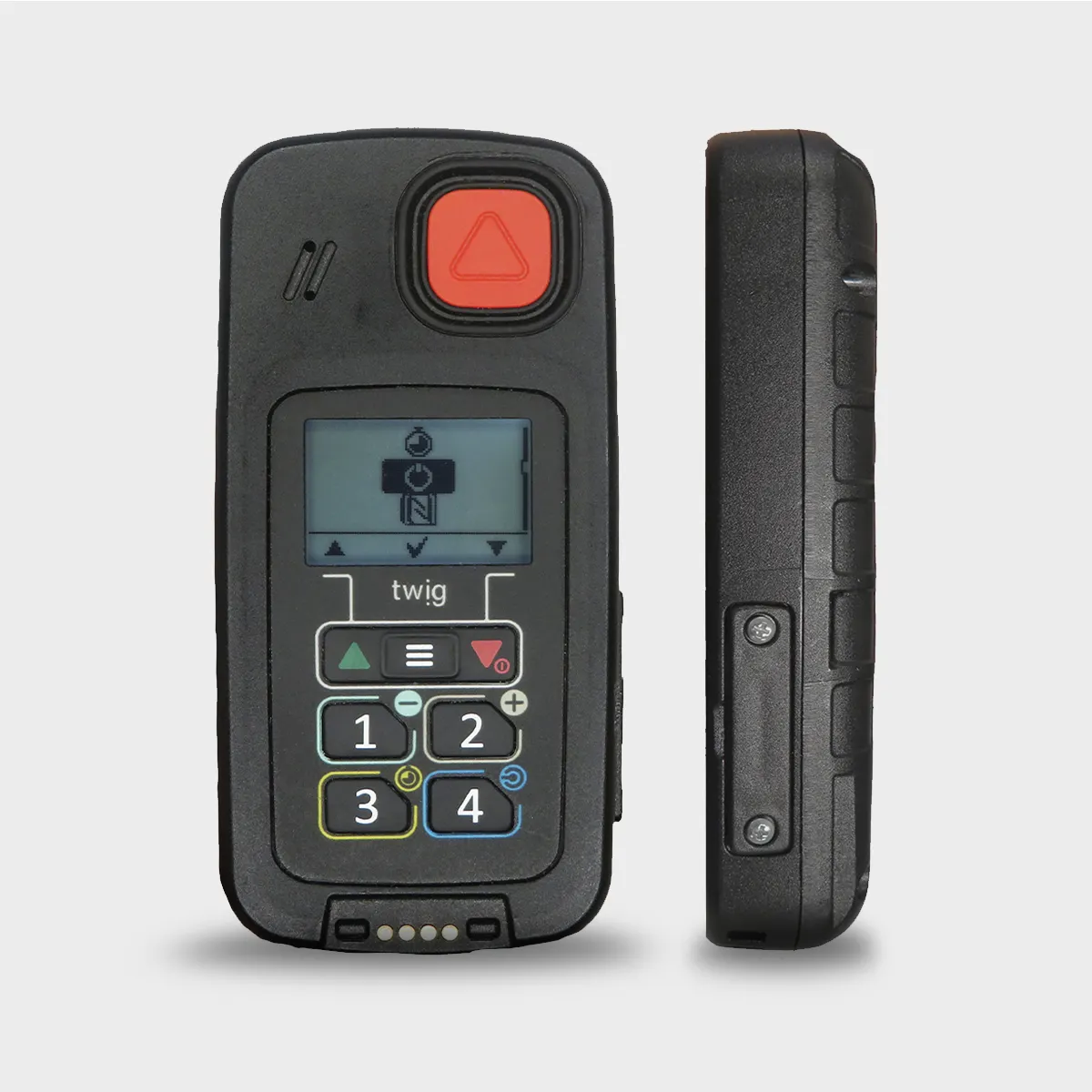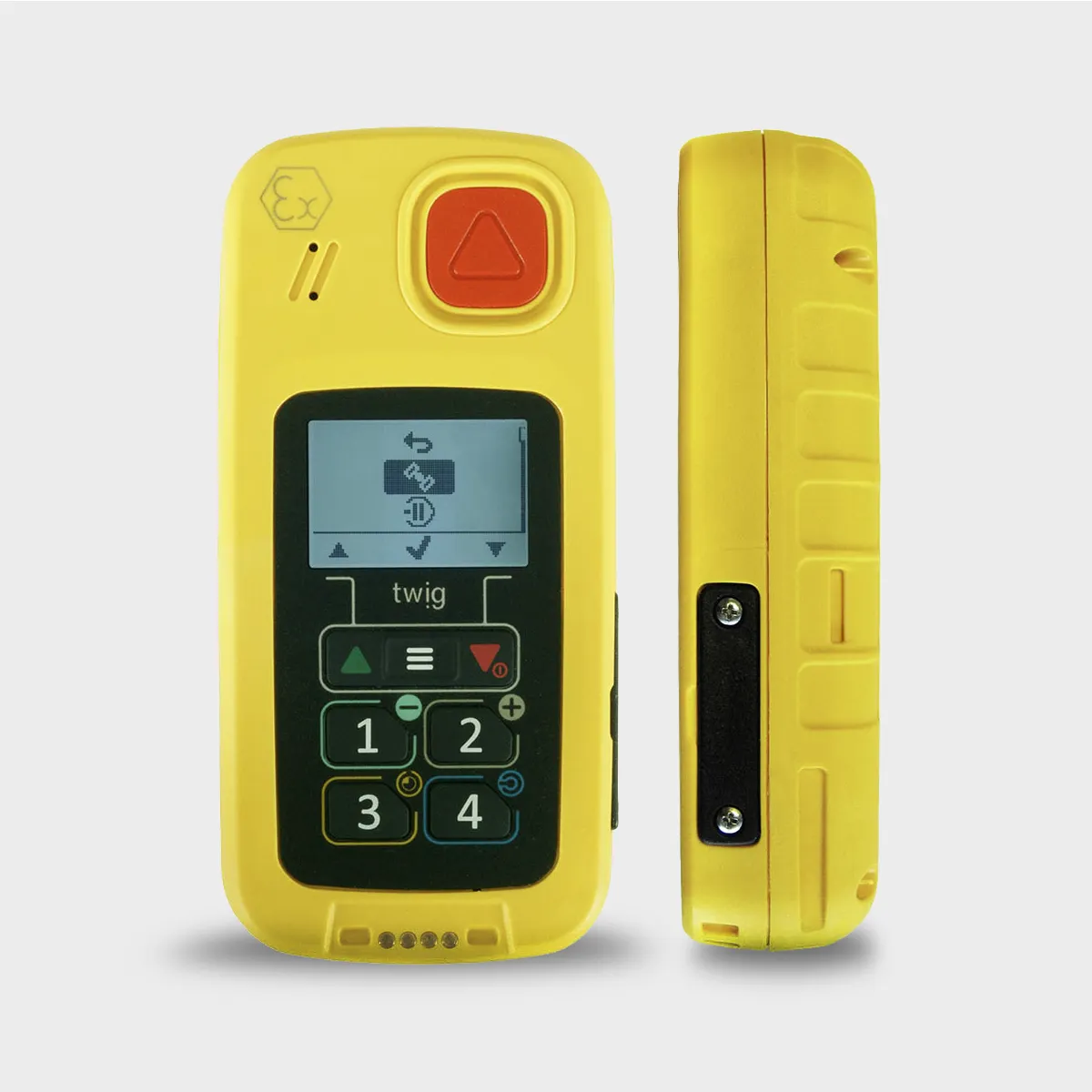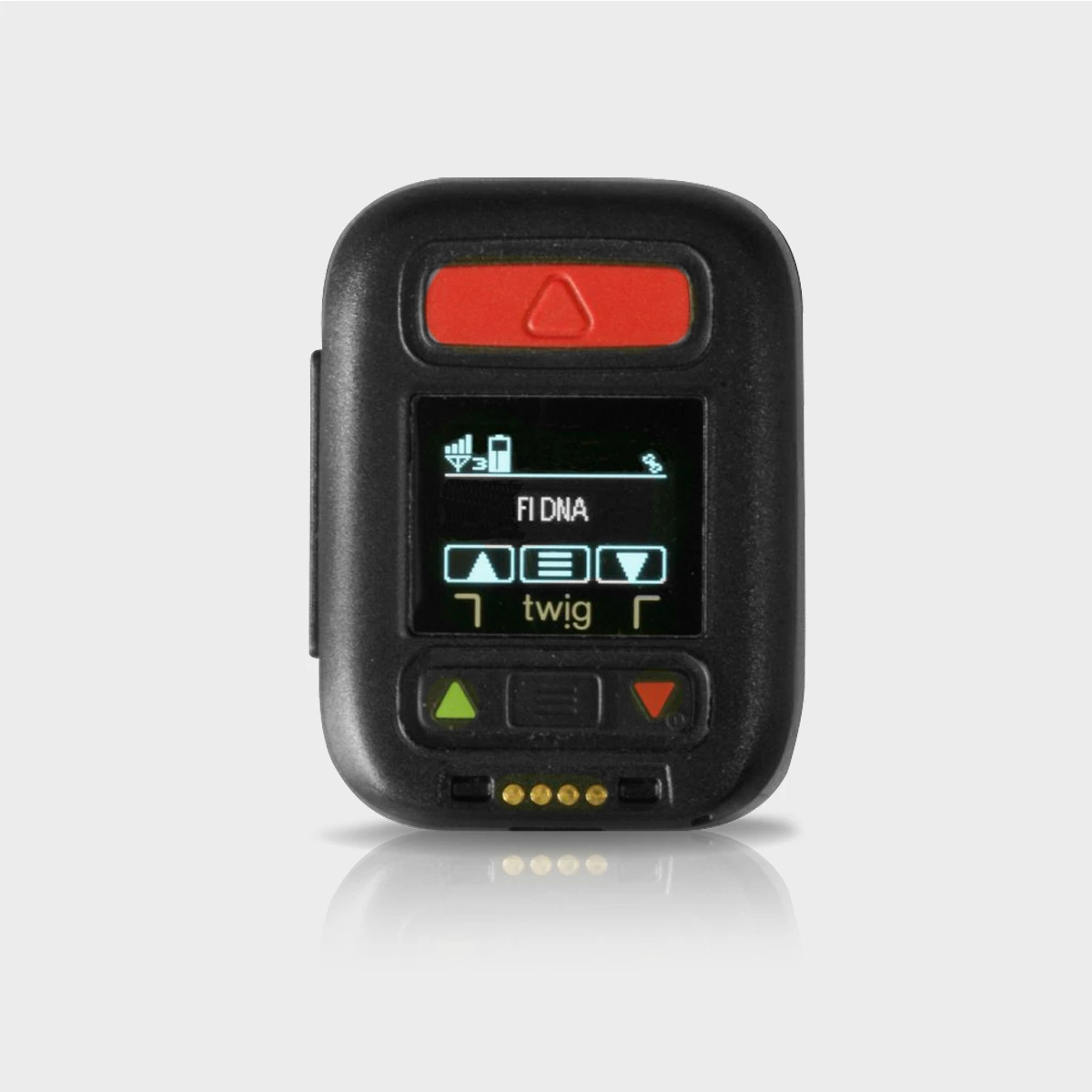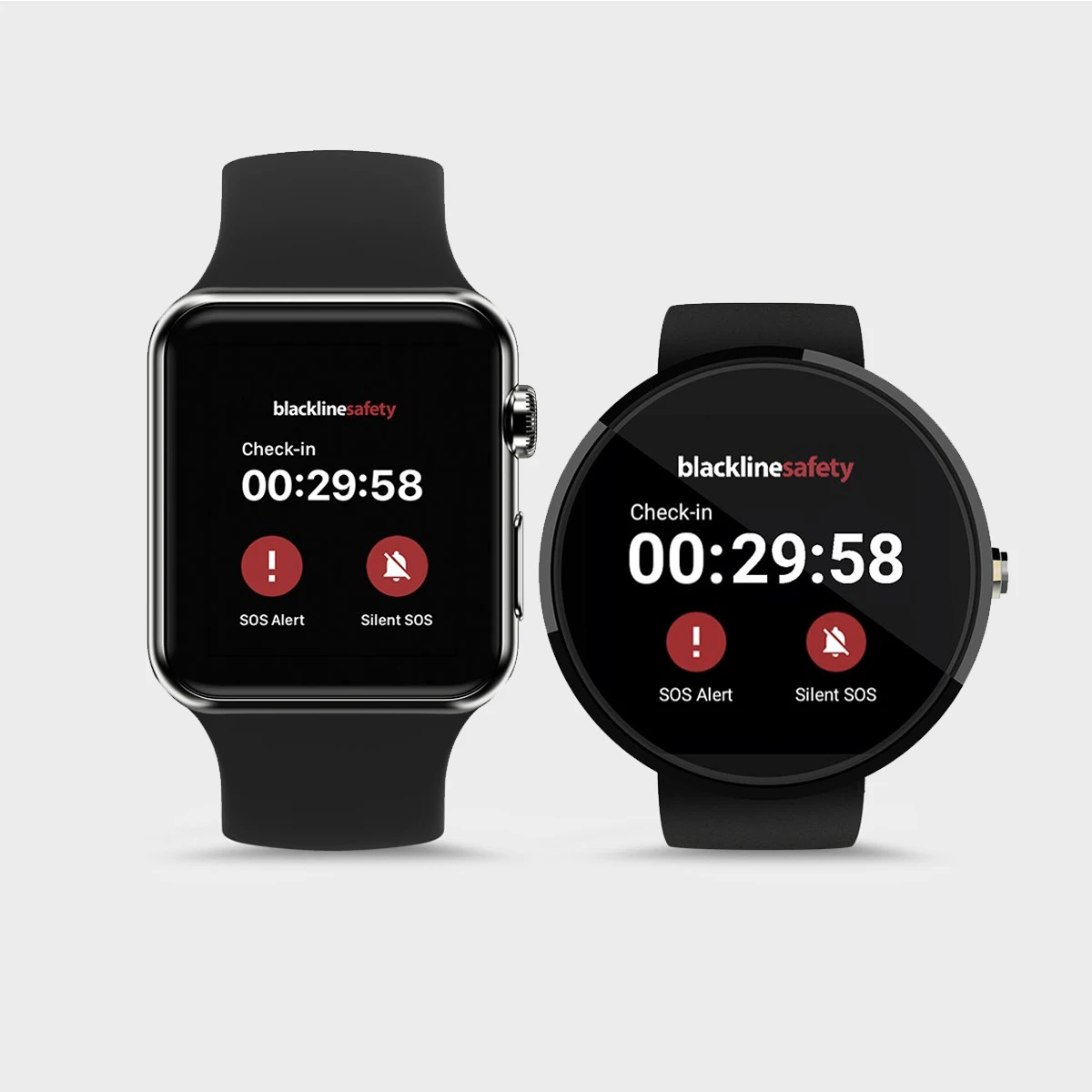LONE WORKER SAFETY SOLUTIONS FOR
LOCAL GOVERNMENT WORKERS
Local government workers, operating alone to uphold community services, navigate a spectrum of risks. From inspecting public spaces to responding to emergencies, their solitary roles expose them to diverse hazards, including accidents, confrontations, and environmental challenges. In addition, they may encounter the potential lack of cellular networks in remote areas, hindering communication and response efforts. The absence of immediate peer support amplifies these challenges, emphasizing the need for robust safety measures and alternative communication strategies to ensure the safety and effectiveness of lone workers in the intricate and often unpredictable environments within local government settings.
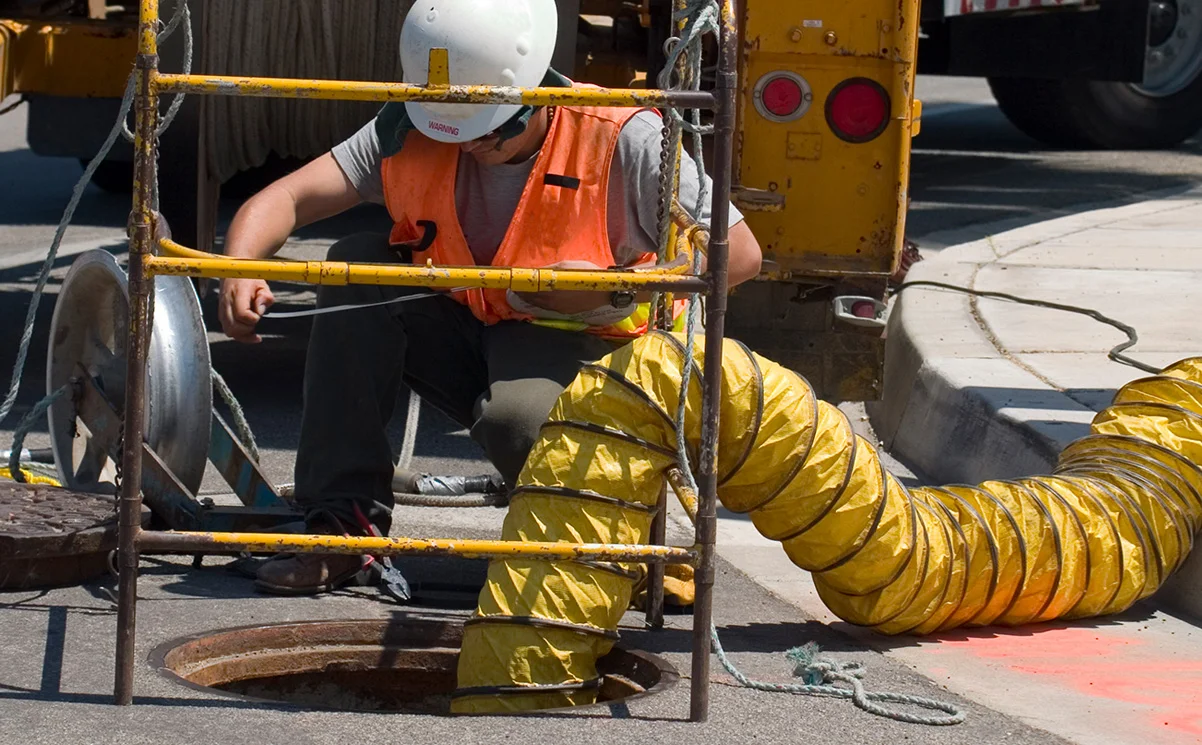
UTILITIES AND INFRASTRUCTURE SERVICES
Utilities and Infrastructure Services workers, operating alone, confront substantial risks, particularly in remote or isolated areas. Managing and maintaining local utilities, such as water supply, sewage, and waste management, exposes them to hazards like equipment malfunctions, exposure to harmful substances, and adverse environmental conditions. The isolation amplifies the challenges of accessing immediate support during emergencies, escalating the consequences of potential accidents. Robust safety protocols and advanced communication tools are imperative to mitigate these multifaceted risks, ensuring the safety of lone workers in the intricate and often hazardous environments they navigate.
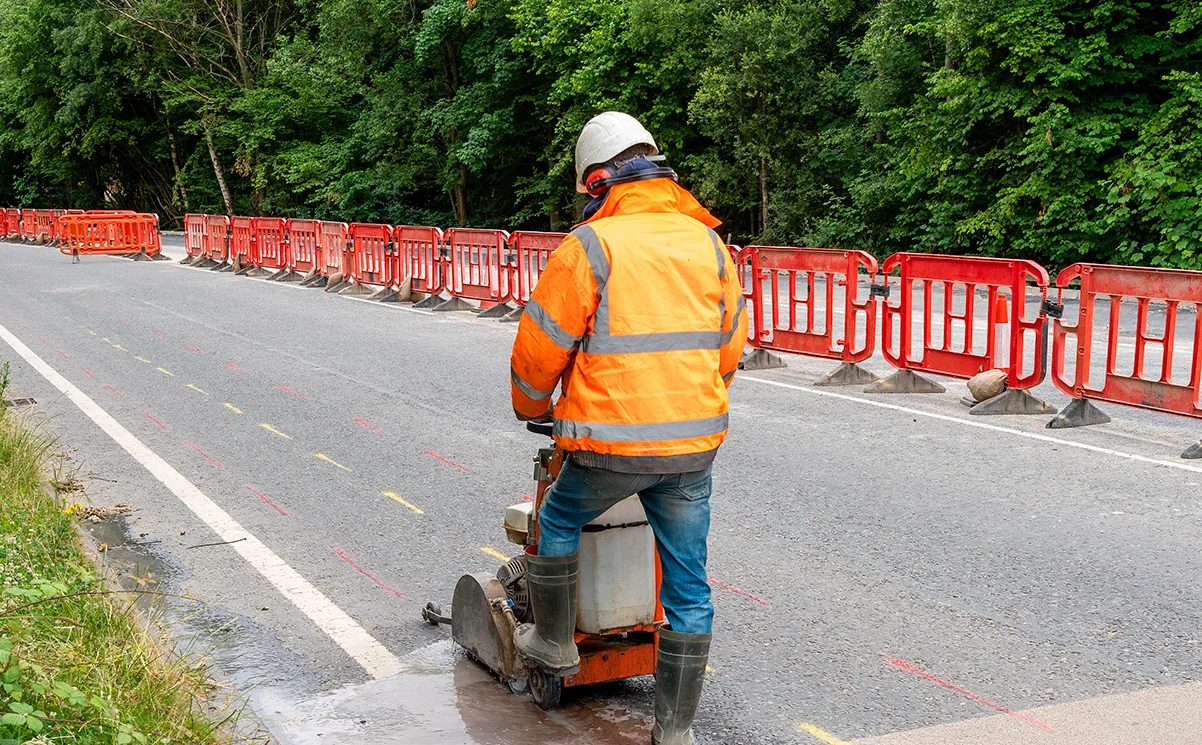
INFRASTRUCTURE AND ASSET MANAGEMENT
Infrastructure and Asset Management workers, operating alone, contend with notable risks, particularly in remote areas. Managing local infrastructure projects, road maintenance, and community facilities exposes them to hazards such as equipment malfunctions, accidents, and unpredictable environmental conditions. The potential for confrontation, whether from unexpected encounters or security concerns, adds an additional layer of risk. Remote settings heighten vulnerability. Robust safety protocols and advanced communication tools are indispensable to mitigate these risks, ensuring the safety of lone workers in their multifaceted responsibilities.

CONSERVATION AND ANIMAL CONTROL
Conservation and animal control workers operating alone face distinct risks, often in remote areas. Managing wildlife and preserving natural habitats exposes them to hazards like encounters with unpredictable animals, adverse weather conditions, and potential injuries. The isolation in remote settings amplifies these challenges. Additionally, navigating unfamiliar terrains poses physical risks. Robust safety protocols and reliable communication tools become crucial to mitigate these multifaceted risks, ensuring the safety and well-being of lone workers dedicated to the preservation of ecosystems.
WHY CHOOSE DIRECT SAFETY?
OUR VALUED CLIENTS INCLUDE…
At Direct Safety we match our proven, global solutions to each isolated, remote, lone worker or vulnerable individual. A trusted name with an unrivalled monitoring and response capability, we have saved lives across many industries.
PRODUCTS YOU MAY BE INTEREST IN…


